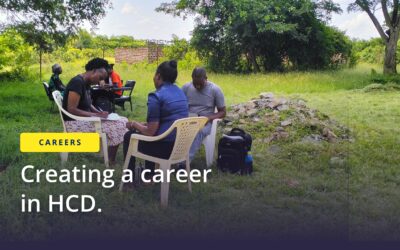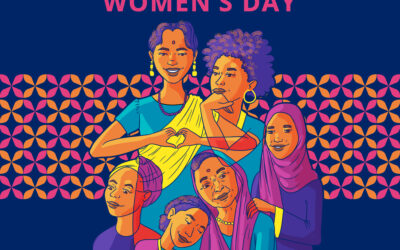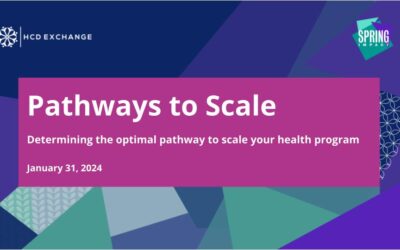Authors: Himanshu Kumar, Youth Leadership Hub events and convening associate and Ronard Lubaga, Youth Leadership Hub advocacy associate.
Last week, people from around the world came together virtually for the largest international AIDS conference that has ever taken place. This virtual conference brought together various stakeholders from the global community who are advancing the global HIV response. During this conference (on July 3), the HCDExchange’s Youth Leadership Hub held an Instagram Live on designing an adolescent and youth-friendly HIV response. The conversation featured Laura Thuo, an advocate with Maisha Youth in Kenya and the Organization of Young People Living with HIV in Kenya (Y+ Kenya), and Ronard Lubaga, the HCDExchange advocacy associate for the Youth Leadership Hub.
Laura talked about how HIV-related stigma must be dispelled so people, especially adolescents and young adults, will not be afraid to learn and disclose their HIV status. Further, HIV programs and services must be tailored to meet adolescents’ and young people’s needs. We can do this by putting youth and adolescents at the center of designing programs to advance the global HIV response.
However, vulnerable and marginalized adolescents and youth—those who need such services the most—tend to be excluded from HIV program design. To change this situation, the speakers called for the creation of safe spaces in form of psycho-social groups in which young people, even and especially those who can’t access technology, can get information, access to services, and support from professionals and each other.
The COVID-19 pandemic, which has forced even more communication and social interaction to be virtual, has contributed to a dynamic shift in HIV advocacy. Social media is a powerful tool that youth can use to call for an end to harmful and unjust social norms, and to encourage each other to practice safer sex and learn their HIV status without shame.
Increasingly youth are standing up and saying that “there is nothing for us without us.” This statement reinforces the need to ensure that we take an adolescent and youth-centered approach to advancing the HIV response.




